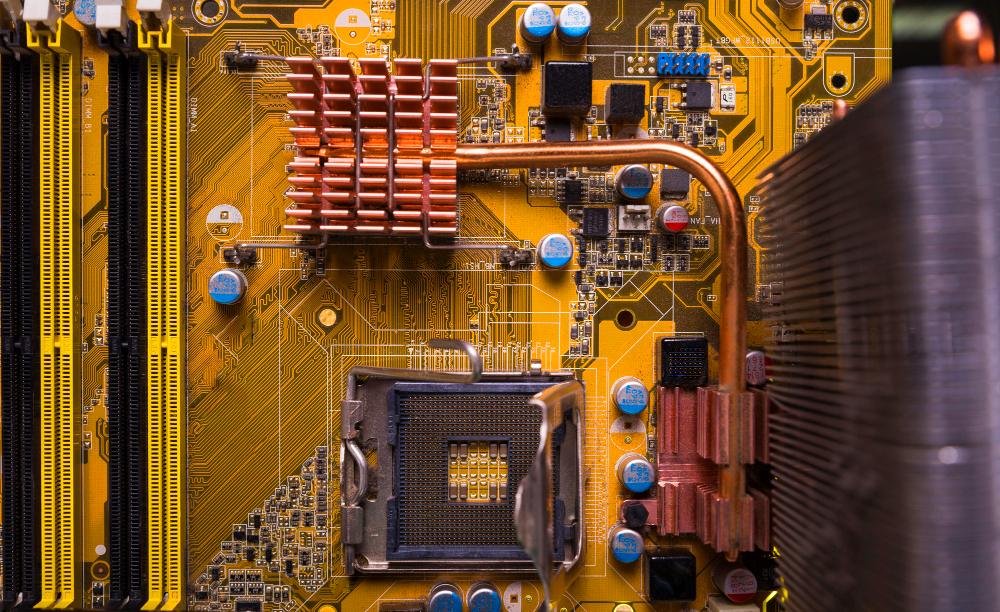In the world of automotive tuning and performance optimization, the timing advance processor has emerged as one of the most powerful tools for improving engine efficiency and responsiveness. Whether you’re a car enthusiast, mechanic, or engineer, understanding how a timing advance processor works can make a huge difference in achieving optimal power output and fuel economy.
This article explains what a timing advance processor is, how it works, why it’s essential for modern vehicles, and how it compares to traditional tuning systems.
What Is a Timing Advance Processor?
A timing advance processor is an electronic device that modifies a vehicle’s ignition timing to optimize engine performance. It works by adjusting the spark advance — the point at which the spark plug ignites the air-fuel mixture inside the combustion chamber.
By advancing or retarding ignition timing at the right moment, the timing advance processor ensures that combustion occurs at the ideal point in the piston’s cycle. This leads to smoother acceleration, improved horsepower, and better throttle response.
Key Function:
The device communicates directly with the engine control unit (ECU) and modifies the ignition signal based on various parameters like RPM, load, temperature, and fuel type.
How Does a Timing Advance Processor Work?
The working principle of a timing advance processor revolves around precision control. The ECU sends timing signals to the ignition system, but those signals can be altered by the processor to achieve better efficiency.
Here’s a simplified explanation of the process:
-
Signal Interception:
The processor intercepts the ignition timing signal from the ECU. -
Data Analysis:
It analyzes real-time data like engine speed, throttle position, and fuel mixture. -
Timing Adjustment:
Based on performance requirements, it advances or retards the timing signal. -
Signal Output:
The modified signal is then sent to the ignition system to ignite the air-fuel mixture at the optimized moment.
This fine-tuning process improves combustion efficiency, reduces emissions, and enhances overall power output.
Benefits of Using a Timing Advance Processor
1. Improved Engine Power
By optimizing the spark advance, a timing advance processor allows the engine to produce more torque and horsepower. Combustion becomes more efficient, allowing the engine to use the fuel more effectively.
2. Better Fuel Efficiency
Correct timing leads to complete combustion, which reduces fuel wastage. Vehicles equipped with a timing advance processor often experience noticeable improvements in miles per gallon (MPG).
3. Smoother Acceleration
When ignition timing is precisely controlled, the engine responds faster to throttle input, resulting in smoother and more immediate acceleration.
4. Reduced Engine Knock
Knocking or pinging occurs when combustion happens too early or too late. A timing advance processor minimizes this by maintaining ideal ignition timing under varying load conditions.
5. Enhanced Customization
Performance tuners love the flexibility of timing processors. They can adjust timing settings based on fuel quality, altitude, and driving style — something that static ECU maps can’t do effectively.
Applications of Timing Advance Processor
Automotive Performance Tuning
The timing advance processor is widely used in performance tuning to get the most out of turbocharged or naturally aspirated engines.
Off-Road and Motorsport Vehicles
Racers and off-road drivers use this technology to gain a competitive edge by optimizing timing for high-rev conditions.
Eco-Tuning
Even environmentally conscious drivers use timing processors to improve efficiency and reduce carbon emissions without sacrificing power.
Also, explore TerraTrike Maverick vs Trident Spike: A Detailed Comparison
Timing Advance Processor vs ECU Remapping
| Feature | Timing Advance Processor | ECU Remapping |
|---|---|---|
| Adjustability | Can be tuned externally anytime | Requires reprogramming |
| Risk | Low – doesn’t permanently alter ECU | Higher – can void warranty |
| Flexibility | Easily removable | Permanent changes |
| Cost | More affordable | More expensive |
| Customization | Real-time adjustment possible | Limited to static maps |
The timing advance processor offers a non-invasive, reversible, and cost-effective alternative to full ECU remapping. It allows users to adjust performance settings without flashing the ECU or risking factory warranty issues.
How to Install a Timing Advance Processor
Installing a timing advance processor is relatively simple for experienced mechanics or tuners. However, it’s important to follow the manufacturer’s instructions carefully.
-
Locate the ignition system wiring harness.
-
Connect the processor between the ECU and ignition signal wires.
-
Mount the unit securely away from heat and moisture.
-
Test the vehicle to verify that ignition timing is being properly adjusted.
-
Fine-tune the settings using the provided software or adjustment knobs.
It’s highly recommended to perform the installation in a professional tuning workshop if you’re not familiar with vehicle electronics.
Safety and Maintenance Tips
-
Always use high-quality fuel that matches your tuning level.
-
Regularly check ignition components like spark plugs and coils.
-
Avoid excessive timing advancement, as it may cause pre-ignition or detonation.
-
Keep the timing advance processor firmware updated.
-
Periodically monitor performance with a diagnostic tool or dyno test.
Proper care ensures long-term reliability and prevents any adverse impact on the engine.
Future of Timing Advance Technology
With the rise of AI-driven tuning systems and smart ECUs, the next generation of timing advance processors will become more adaptive and self-learning. They will automatically analyze fuel type, engine wear, and ambient conditions to deliver the perfect ignition curve without human input.
Such innovations make the timing advance processor a key player in the ongoing evolution of automotive performance technology.
FAQs
Q1: What is the purpose of a timing advance-processor?
A timing advance processor adjusts ignition timing to improve combustion efficiency, power, and fuel economy.
Q2: Can it damage the engine?
When used correctly and within safe limits, it does not damage the engine. However, improper timing advancement can cause detonation.
Q3: Is it better than ECU remapping?
It depends on your needs. For flexibility and safety, a timing advance processor is often a better choice.
Q4: Does it improve mileage?
Yes, by improving combustion timing, it can enhance fuel efficiency significantly.
Q5: Can I install it myself?
If you’re familiar with automotive electronics, yes. Otherwise, professional installation is recommended.
Conclusion
The timing advance-processor is a game-changer for anyone seeking improved performance, efficiency, and control over their vehicle’s ignition system. Unlike traditional ECU tuning, it provides real-time adjustability, safety, and cost efficiency.
From enhancing daily driving comfort to pushing the limits in racing environments, the timing advance processor remains one of the smartest upgrades for modern engines. As technology continues to evolve, its role in the future of automotive innovation will only grow stronger.


